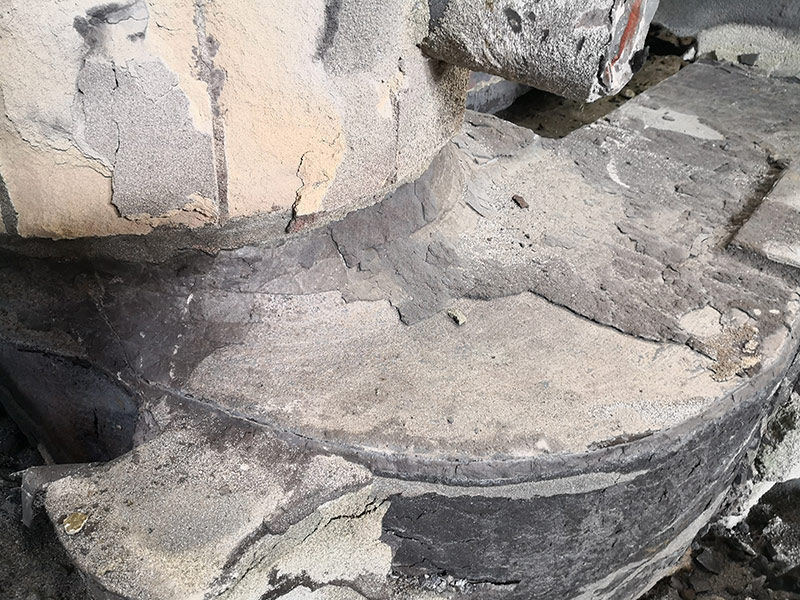What is Sand Casting Used to Make?
Sand casting is one of the oldest and most versatile metal casting techniques. It involves the use of sand to create molds into which molten metal is poured to create a variety of shapes and products. This method is widely utilized across diverse industries due to its ability to produce complex geometries and large parts with good tolerances. In this article, we will explore the applications of sand casting and the types of products that can be made using this technique.
Understanding Sand Casting
Sand casting consists of several steps forming a mold, pouring molten metal, and allowing it to cool and solidify. The mold is typically made from silica sand, a mixture that provides excellent thermal resistance and allows for detailed cavity creation. Once the mold is prepared, molten metal—commonly aluminum, iron, or steel—is poured into the mold cavity. Once it cools and solidifies, the mold is broken away to reveal the final product.
Applications of Sand Casting
1. Automotive Industry One of the most significant applications of sand casting is in the automotive sector. The process is extensively used to produce engine blocks, crankcases, transmission cases, and other critical components. Due to the high strength and durability of metal castings, these parts can withstand the demanding conditions of vehicle operation, making sand casting a preferred method for manufacturers.
2. Aerospace Components The aerospace industry also utilizes sand casting to create complex parts that require high precision and strength. Components such as turbine engine parts, structural frames, and various fittings are made using sand casting. The ability to produce intricate shapes while maintaining material integrity is essential in aerospace applications, where safety and performance are paramount.
3. Construction Equipment Sand casting is used to manufacture heavy machinery components, including gears, frames, and housings. The durability and load-bearing capabilities of cast parts make them suitable for use in construction equipment, such as bulldozers and excavators, which endure substantial stress during operation.
what is sand casting used to make

4. Marine Industry In the marine sector, sand casting is employed to produce various components such as propellers, hull fittings, and engine parts. The process allows for the creation of complex geometries necessary for optimal performance and efficiency in marine applications.
5. Art and Sculpture Beyond industrial applications, sand casting is also a common technique used by artists to create sculptures and decorative items. Artists take advantage of the ability to produce intricate designs and unique shapes, making sand casting a valuable tool in the world of fine arts.
6. General Manufacturing Many everyday products such as tools, hardware, and small appliances are made using sand casting. This technique allows manufacturers to create components in medium to large volumes while maintaining cost-effectiveness, which can significantly reduce production costs.
Advantages of Sand Casting
Sand casting offers several advantages that make it attractive for both manufacturers and consumers. One of the main benefits is its flexibility in producing both small and large quantities of parts. Additionally, the setup costs are relatively low compared to other casting methods, making it economical for smaller production runs.
The process also enables the use of various metals and alloys, providing a wide range of material properties to suit different applications. Furthermore, sand casting can accommodate complex designs and various wall thicknesses, which is essential for creating functional and aesthetically pleasing products.
Conclusion
In summary, sand casting is a versatile and widely used manufacturing process that plays a crucial role in producing a vast array of components across multiple industries. From automotive to aerospace, construction to art, the applications of sand casting are diverse and significant. With its ability to deliver complex shapes, precision, and cost efficiency, sand casting continues to be a preferred method for creating high-quality metal products. As technology evolves, the possibilities for sand casting will only expand, further solidifying its importance in modern manufacturing.
Post time:11月 . 19, 2024 07:24
Next:Understanding Resin Sand and Its Applications in Modern Foundry Processes
